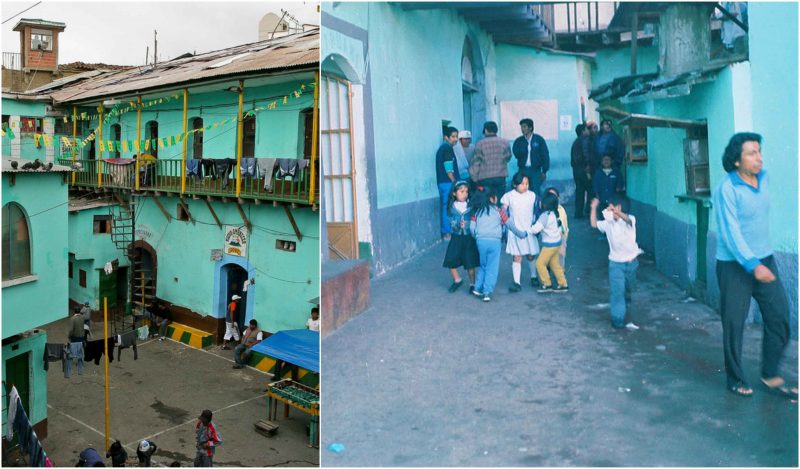San Pedro prison, or El penal de San Pedro (Saint Peter’s Prison), is the largest prison in Bolivia and certainly the one where every convicted prisoner would choose to live.
The state supplies the prison with its basic day-to-day needs, but it doesn’t have the power to interfere with the prison’s laws. The prison is led by elected leaders, all inmates of San Pedro. There are around 1,500 prisoners in the jail, many of them who live with their families. There are also visitors in the prison who can stay for a while and also tours for tourists.
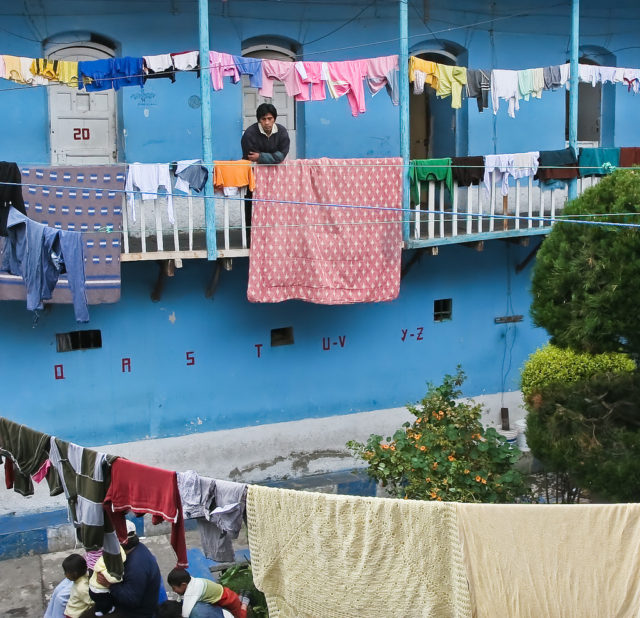
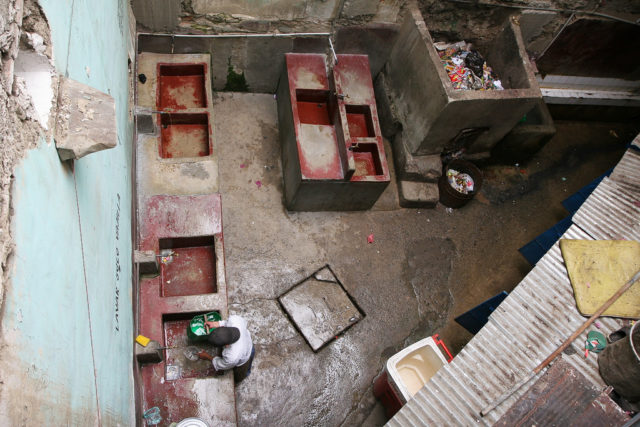
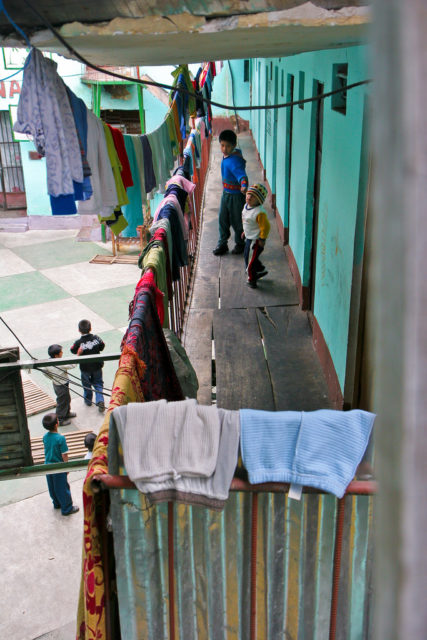
The only thing the inmates of San Pedro can’t do is leave the prison’s walls. But who would like to lose the power they have inside those walls. Especially when the prison has an urban structure with housing sections that are hierarchically divided. The primary income of the inmates comes from the sale of cocaine base to tourists who visit the prison, and from renting accommodation. As for their own accommodation, they can either buy it or rent it from someone.
Originally designed for 600 inmates, the prison today has around 3000 inhabitants. The cells inside San Pedro are not assigned by or run by any uniformed prison officials, so the new inmates are supposed to purchase their new “homes” from other inmates. There are eight housing sections in the jail: Cancha, Guanay, Palmar, Prefecture, San Martin, Pinos, Posta, and Alamos, with the last three being the richest areas of the prison.
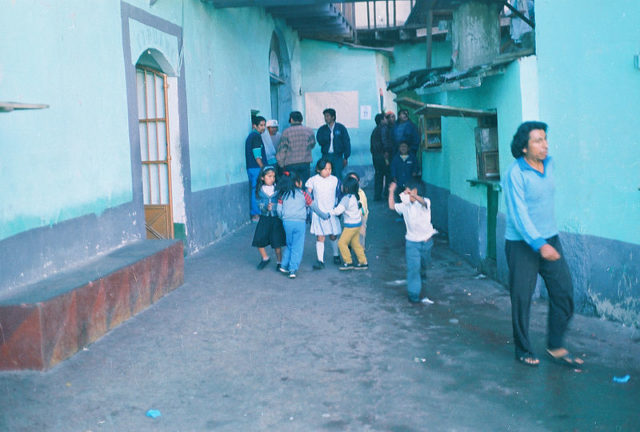
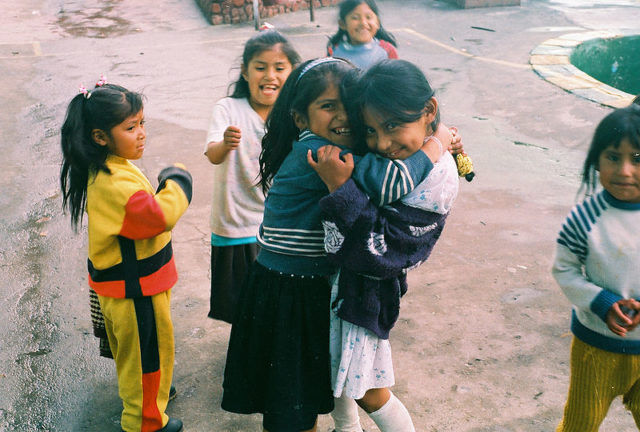
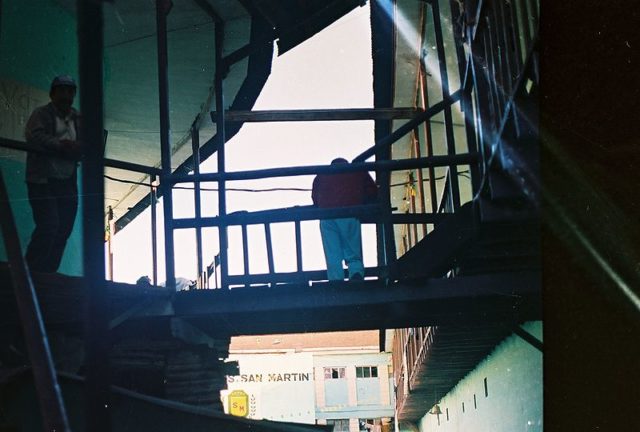
Society isn’t particularly any different inside the walls of the prison. At the lower end, communities that don’t include the sections of Alamos, Pinos, and Posta, are used to accommodate drug addicts who have no relations with the more ‘up market’ communities. Since the former have little power, they get to obey the laws created in the richer parts of the prison. However, each section has some jurisdiction within itself and functions as a small neighborhood that has its own restaurants, markets, courtyard, and services.
“La Posta” is the wealthiest area of the prison, where the inmates can purchase their “apartments” for around $1,500 to $1,800. Such an apartment would include a kitchen, private bathroom, and cable television. And sometimes the luxury “cells” include three floors and a hot tub. There was even an inmate who wanted a view of the city, so he extended his cell with a second floor. But that’s the rich people. And as anywhere else in the world, they don’t make up the majority. Most of the inmates live in more prison-ish conditions. Sometimes, five people are accommodated in a single-room cell.
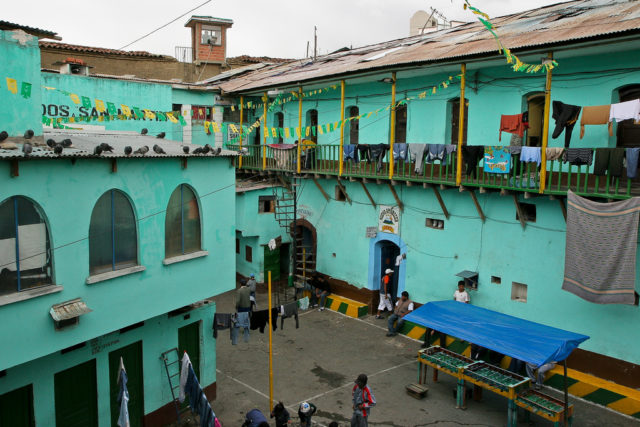
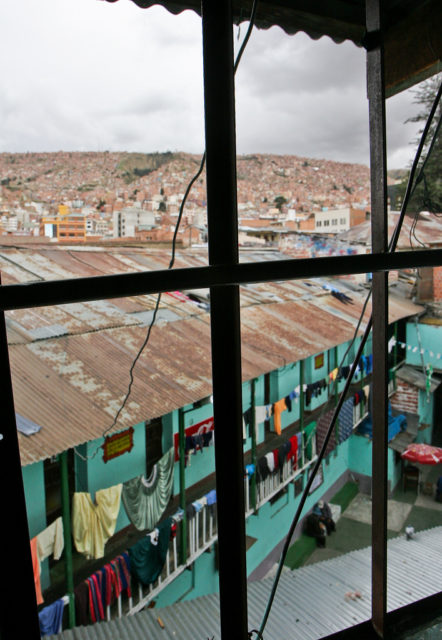
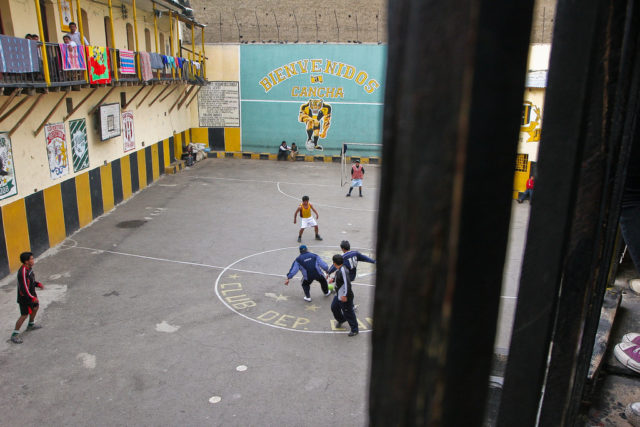
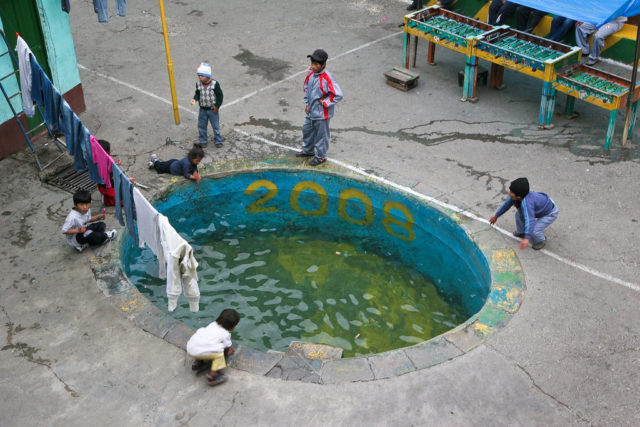
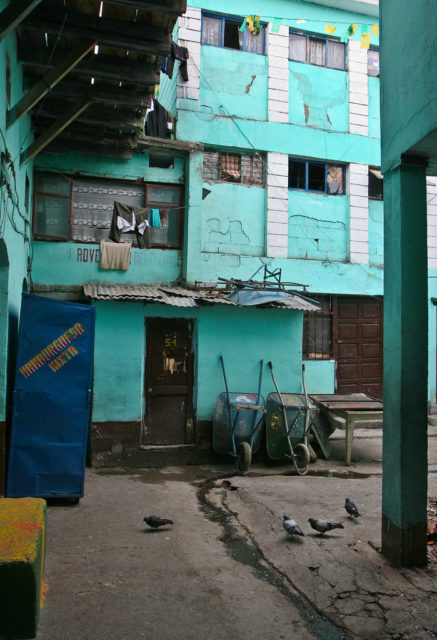
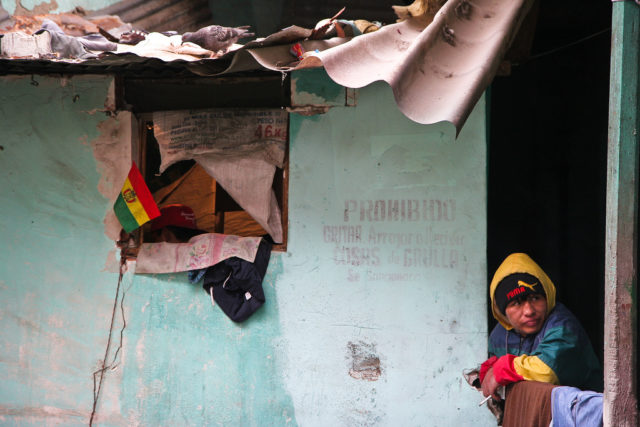
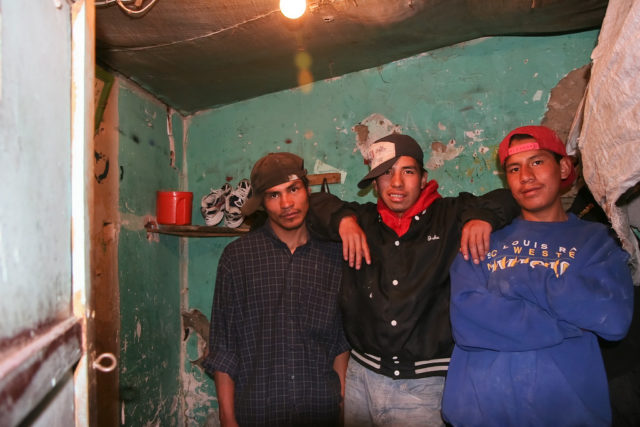
However, almost all sections have a place for games such as billiards, poker tables, chess, and sometimes video games. All sections have market stalls, restaurants, and canteens that are owned and operated by some of the inmates. Of course, for the households that prefer homemade food, all ingredients can be found in the “local markets.” There is also a hospital, a hotel for the visiting guests, even multiple churches, all inside the walls.
The majority of prisoners in San Pedro, almost 80%, are serving time for drug dealing. The police don’t have much power inside the walls, so they don’t bother to visit the prison very often even though around four prisoners die there every month. Not to mention that there are large laboratories for producing cocaine. But, the prisoners are always visited by politicians before elections because they are allowed to vote.
The inmates create the laws in San Pedro prison in the high-end corner, and there isn’t much tolerance for the rebels who don’t obey those laws.
